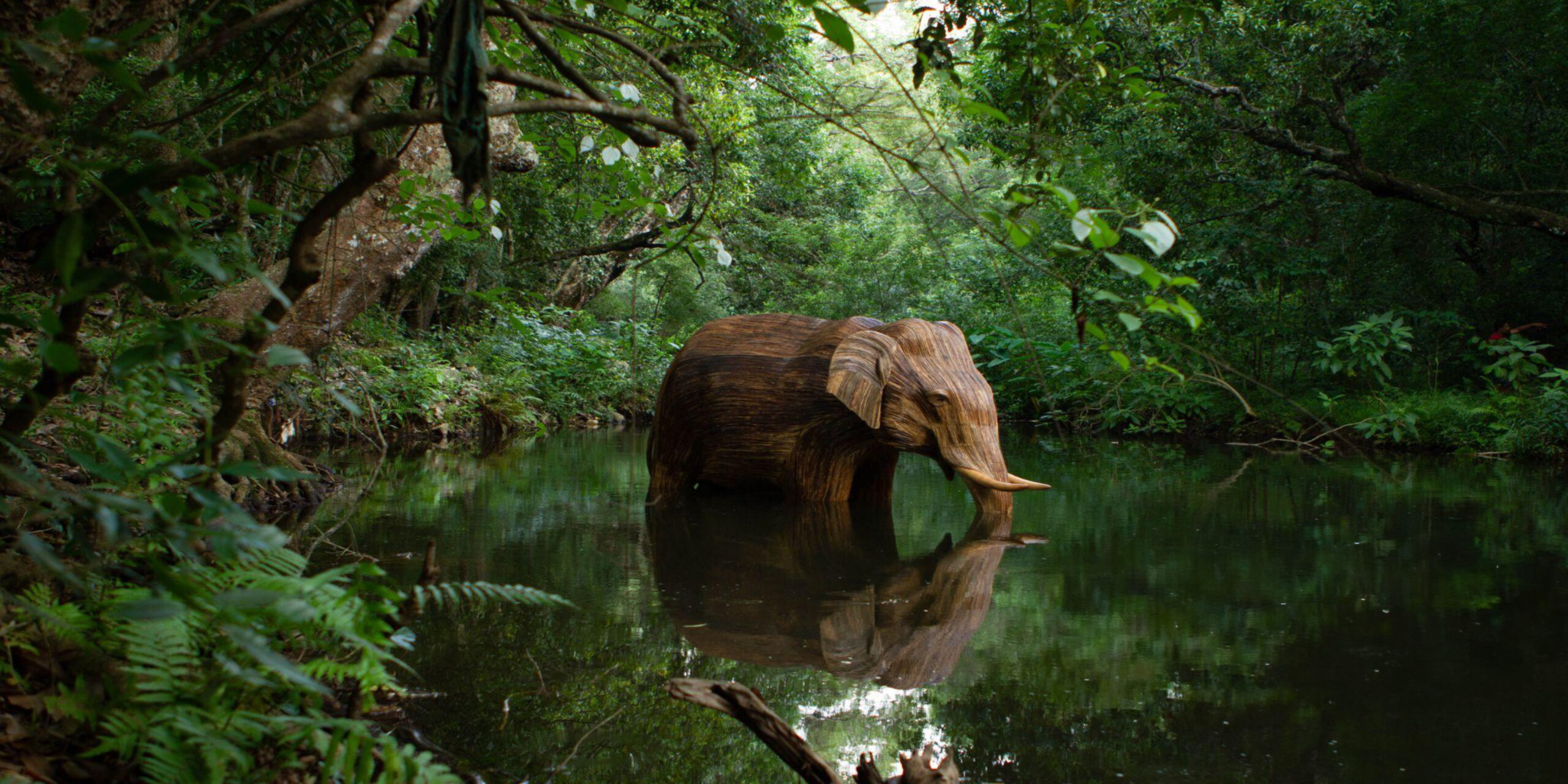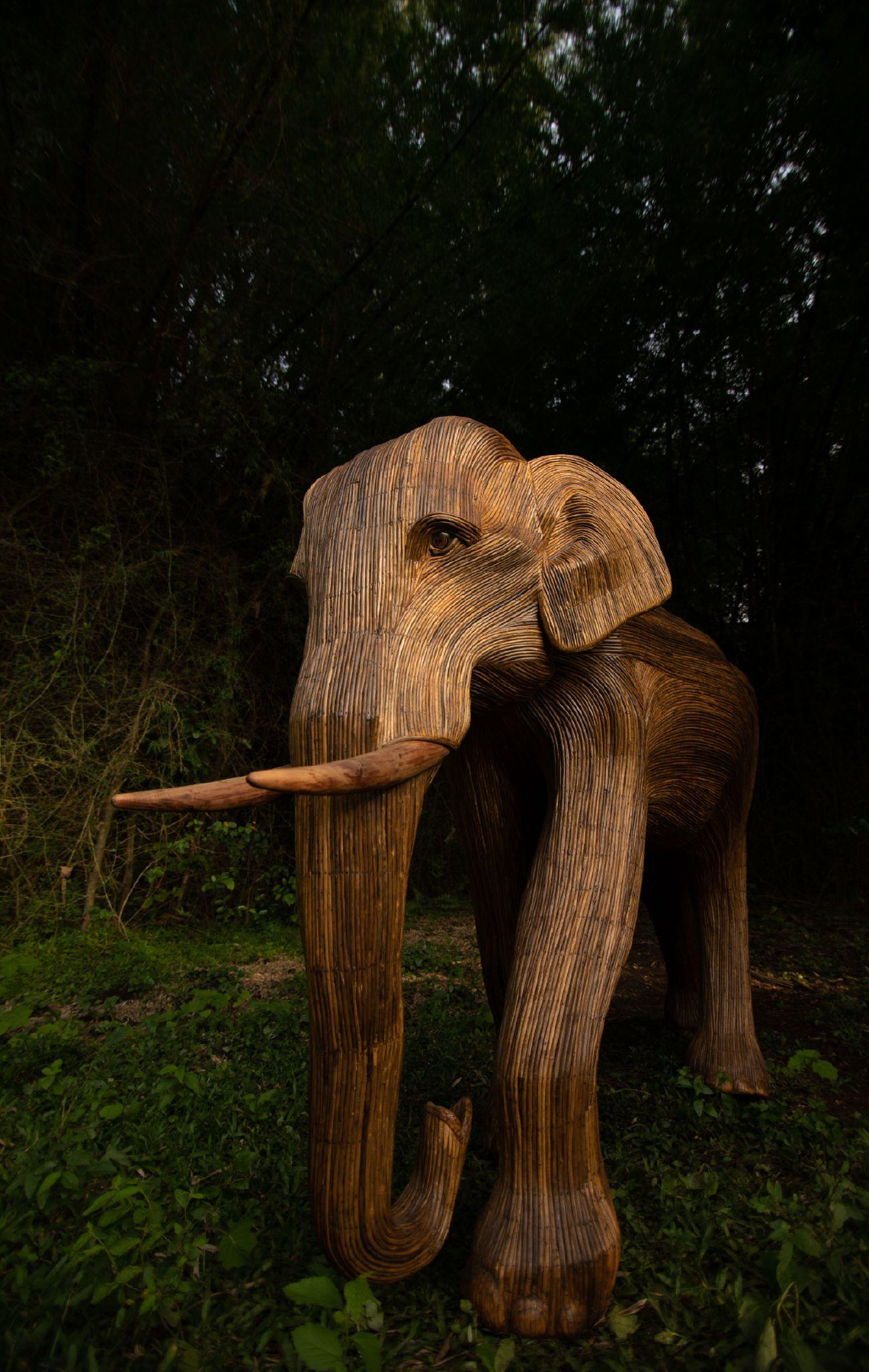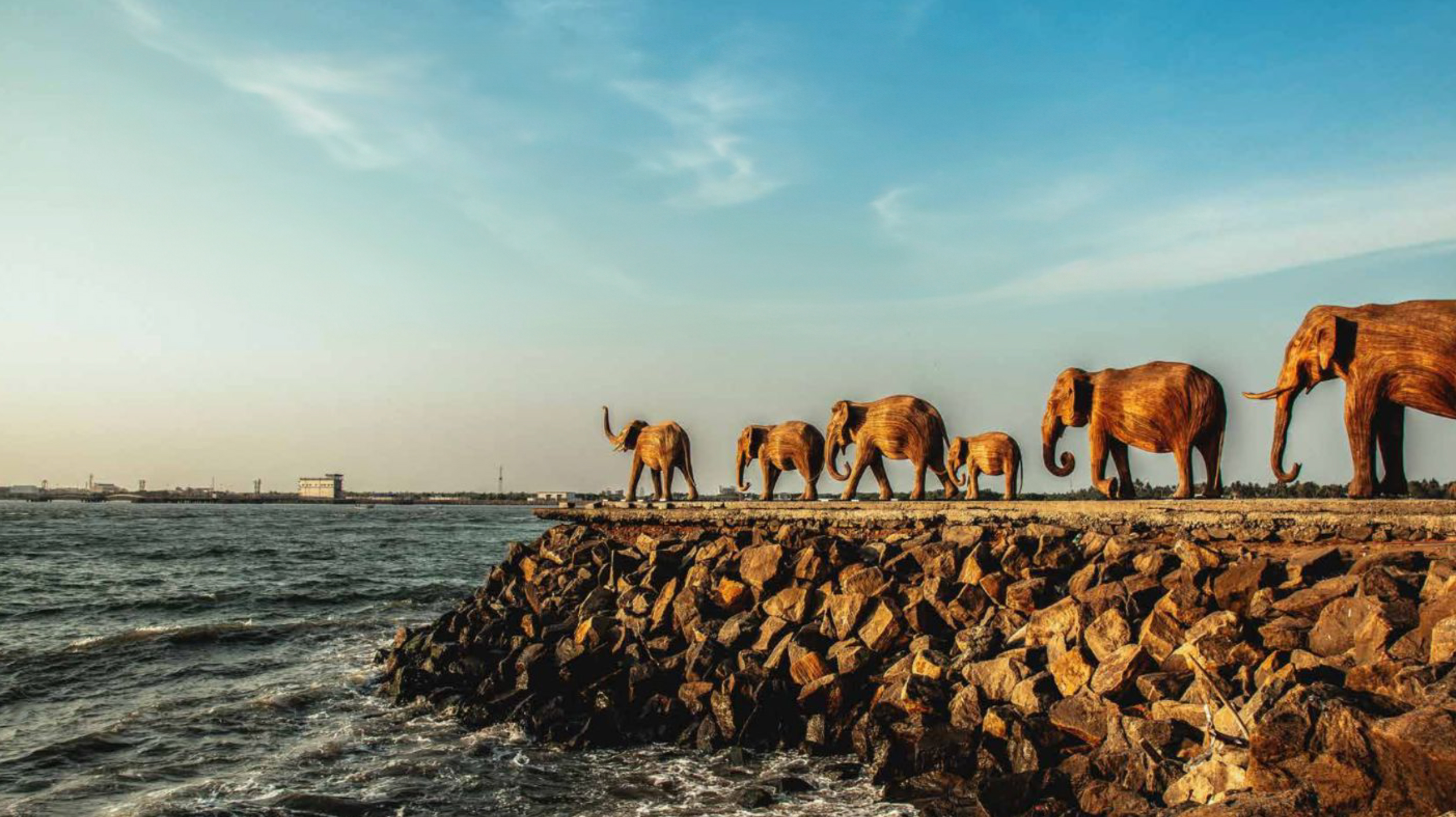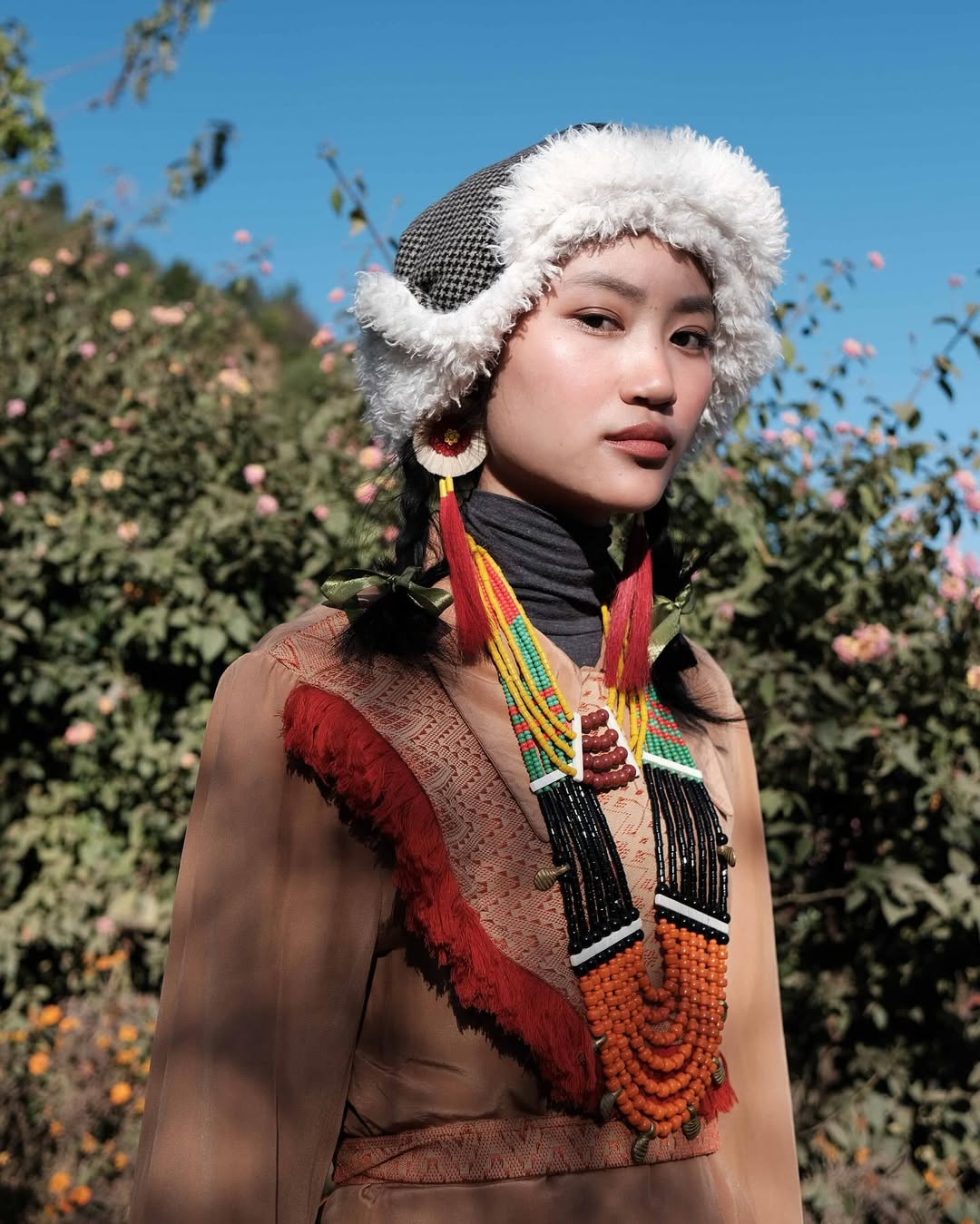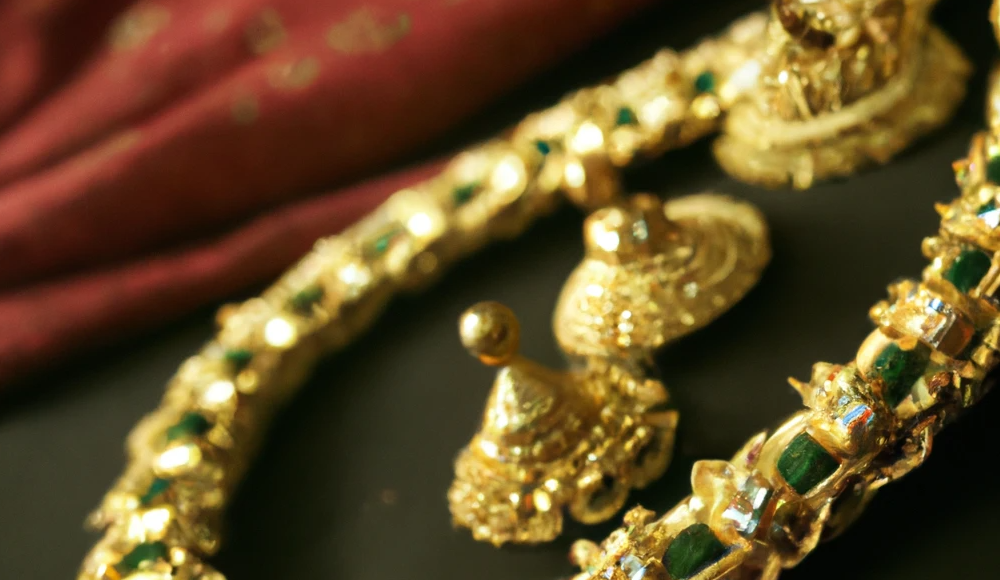A hundred beautifully sculpted Lantana elephants have been strategically positioned around Bangalore till March 3. We tell you why.
If you happen to spot these unique elephant sculptures carefully placed around the city, chances are you are going to start a conversation around them. They are part of a travelling art installation called the ‘Lantana Elephants’ made by The Real Elephant Collective in India, in partnership with the UK Charity Elephant Family.
The idea behind this mammoth endeavour is manifold. To involve the indigenous people of Tamil Nadu, Kerala, and Karnataka and to find a way in which the public at large can understand that it is possible to live in harmony with wildlife . Plus by using an invasive weed like lantana to create beautiful sculptures, the whole circular economy in the Nilgiris gets a big boost.
(L-R) Elephant’s sculpture realisation- Site specific; Elephant sculpture in the making- Workshop
“Lantana camara and Senna spectabilis were introduced into these regions from elsewhere and they grow wild, choking and killing the
natural flora and fauna, repelling insects or herbivores, damaging the soil quality, impacting groundwater and affecting the wildlife food chain,” says Tarsh Thekaekara, researcher, conservationist and one of the co-founders of the Real Elephant Collective.
The ‘Lantana Elephants’ have been conceptualised and made by The Real Elephant Collective in India, in partnership with the UK Charity Elephant Family involving over 150 indigenous people in Tamil Nadu, Kerala, and Karnataka. The whole idea of an exhibition of this nature germinated in 2015 when Ruth Ganesh and Thekaekara first met. Ganesh is the principal trustee of Elephant Family, a UK-based NGO dedicated to protecting Asian elephants. The plan was to make replicas of 100 wild elephants in South India, exhibit them in cities across the world and raise funds for coexistence.
Installation of the profiled elephants in Cochin
The Shola Trust on Research and The Real Elephant Collective (TREC) on Creatives turned the idea into reality. Thekaekara explains that each sculpture is not a generic representation of the species but based on an actual wild elephant that was profiled as part of the Gudalur Elephant Monitoring project by The Shola Trust and the Tamil Nadu Forest Department.
A hundred Lantana elephants have been placed at significant spots around the city with 60 of them in Lalbagh. You can also spot them at the Infosys Science Foundation, Bengaluru Science Gallery, Max Mueller Bhavan, and Metro stations.
Installing 100 elephants is no easy feat and to top it all, these Lantana elephants will set sail for the USA to spread the same awareness. “We have partnered with an organisation called Elephant Family and we are going to send around 150 Lantanas to the US; it will start in New York and travel through different parts for two years. The tour ends in Los Angeles in the middle of 2026,” says Thekaekara, adding that since there were already 100 elephants ready, it made sense to showcase them in the city ahead of their big American debut.
Lakshmi Pratury, CEO of INK exhibits these elephants at her conferences. “They added so much to the ambience and people were amazed by their grace and artistry. While walking to dinner it was quite extraordinary for guests to pass a herd of these elephants installed near the pathways. Naturally the whole conversation around conservation would play out organically. I can understand why they created such a media storm during their recent trip to London,” she enthuses.
“Conservation has to become mainstream and conversations have to happen not just in elite, academic spaces but on the streets and in people’s homes if our forests and wildlife have to survive. Local communities are also the key, as effective and lasting conservation can work only if people living in and around forest areas want to protect them. Any conservation effort must involve them, right from the planning stages to the execution. Conservation also has to be holistic. While ‘charismatic’ large mammals like the tiger and the elephant are excellent symbols of ‘nature conservation’, they should not become ends in themselves. There is a whole species of wildlife that needs to be preserved and protected,” he concludes.
Words by Jackie Pinto.
Image courtesy The Real Elephant Collective.
